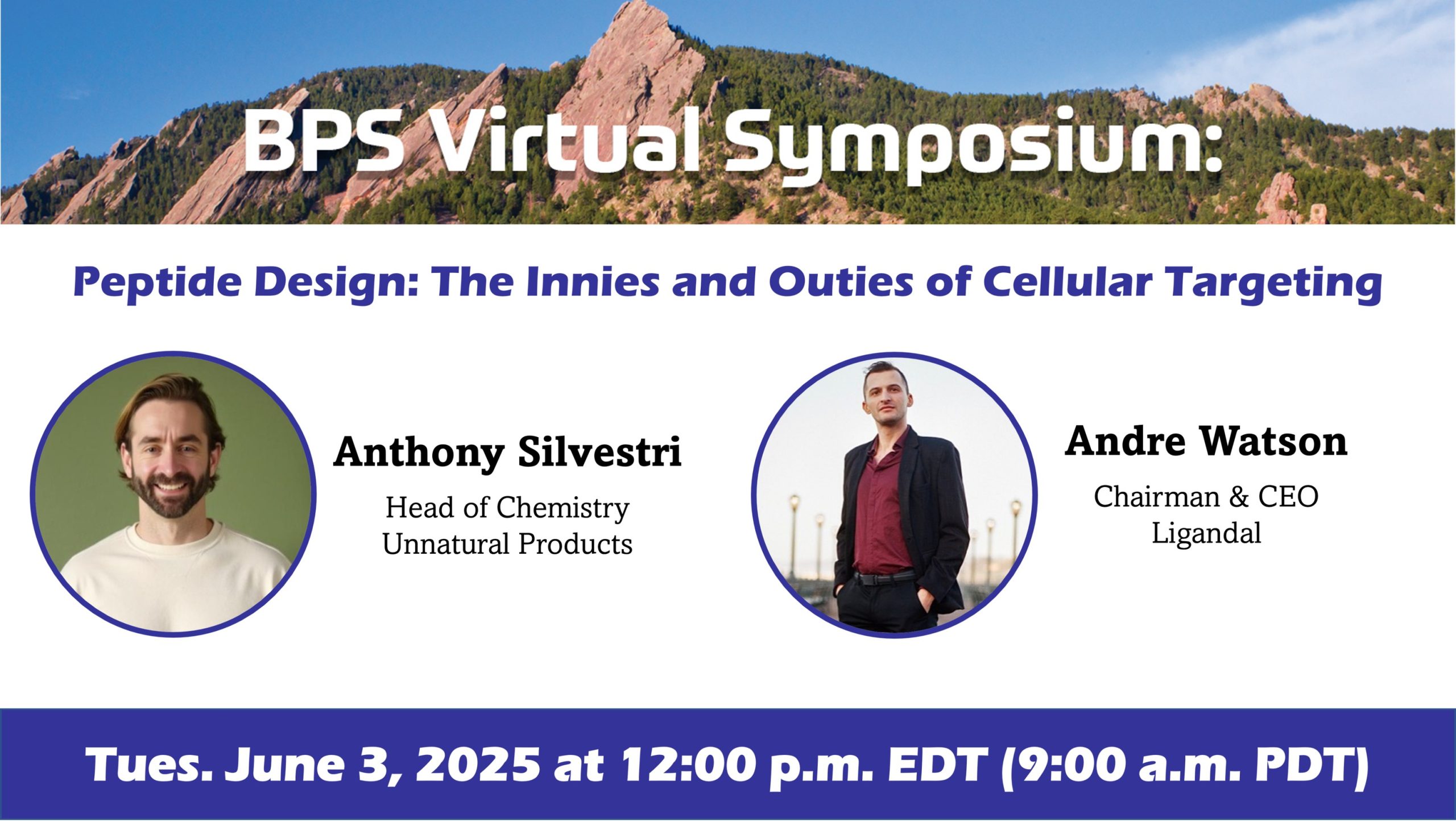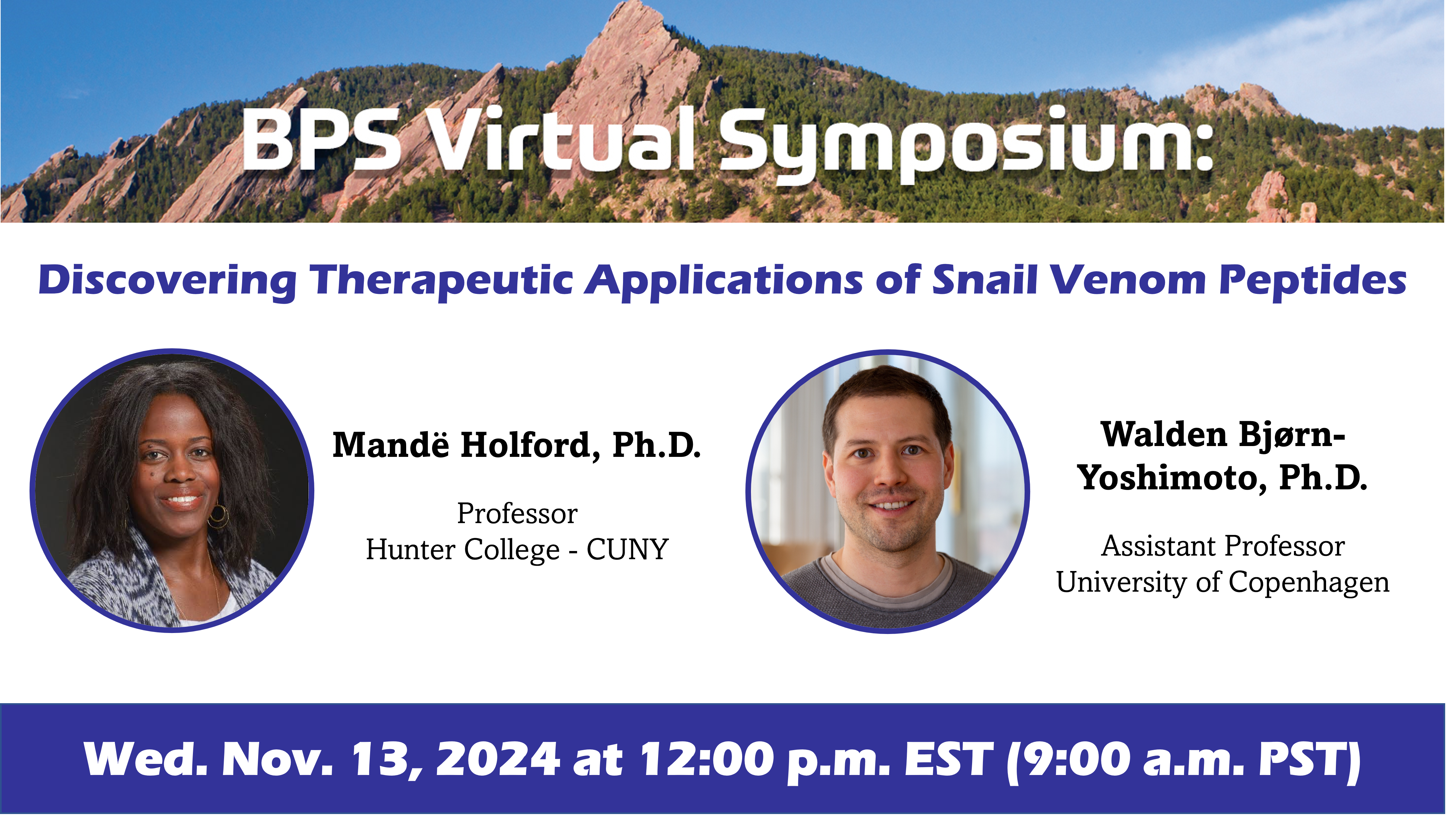
SNAC + C10 – Are Two Permeation Enhancers Really Better Than One for Oral Peptide Delivery? Answer: It Depends.
Oral peptide delivery continues to remain as one of the elusive "holy grails" in pharmaceutical science. Novo Nordisk's SNAC technology, originally developed by Emisphere Technologies, is widely recognized as the leading permeation enhancer (PE) for oral peptides. However, despite this gold standard and SNAC being the sole PE in Novo’s Rybelsus (oral semaglutide), the oral bioavailability, or amount of drug reaching systemic circulation, of the peptide remains remarkably low at approximately 0.4–1%. Thus, over 99% of the active pharmaceutical ingredient (API) remains undelivered.
Over the years, other permeation enhancers such as sodium caprylate (C8) and sodium caprate (C10) have shown modest promise in oral peptide absorption. In a recent study by Niu and colleagues from Novo Nordisk entitled "Combining SNAC and C10 in oral tablet formulations for gastric peptide delivery: A preclinical and clinical study," the authors explored whether combining SNAC and C10 could synergistically enhance peptide absorption across the gastric mucosa. The rationale was that SNAC primarily facilitates transcellular permeation in the stomach, while C10 promotes paracellular transport via tight junction modulation. In this study, a GLP-1 analog, not semaglutide, and a PCSK9 inhibitor peptide was used in this assessment.
Using a gastric organoid-based permeability model, the authors identified optimal ratios of SNAC and C10 to maximize permeation, subsequently optimizing tablet formulations based on dissolution rates and absorption. According to the authors, “the optimal formulations led to an estimated absolute bioavailability of 2.9% for GLP-1 analogue and 2.6% for PCSK9 inhibitor, respectively.” Preclinical studies in fasted beagle dogs confirmed improved bioavailability when combining SNAC and C10, a quite remarkable feat. Despite having similar physicochemical properties among the two APIs investigated, formulations exhibited marked differences, notably in tablet dissolution rates, potentially impacting bioavailability outcomes.
Despite the promising in vitro and in vivo experiments, human studies to deliver the PCSK9 peptide were investigated and, unfortunately, revealed similar bioavailabilities between SNAC/C10 combinations and SNAC alone, highlighting significant physiological differences between animal models and humans. Factors such as lower human gastric pH, variations in gastric motility, and structural differences in tight junctions likely contributed to these discrepancies. Bioavailability data from humans were not explicitly reported.
This innovative approach demonstrates the potential benefits and complexities of combining permeation enhancers. It underscores the importance of tailored formulation strategies per API, as general physiology differences between species and gastrointestinal environments may significantly influence outcomes along with such permeation enhancers (SNAC and C10) may not be a ‘one-size-fits-all’ approach for all APIs. Continued research into these parameters is crucial for advancing the field of oral peptide drug delivery.
Link to open access article:
Niu Z, La Zara D, Blaabjerg L, et al. Combining SNAC and C10 in oral tablet formulations for gastric peptide delivery: A preclinical and clinical study. Journal of Controlled Release, 378, 92–102 (2025).
Tyler D. Brown, Ph.D.
Former Scientific Co-Founder, i2o Therapeutics
https://www.linkedin.com/in/tylerdwightbrown/
Read previous editions of the BPF Journal Club series: https://www.boulderpeptide.org/journal-club







